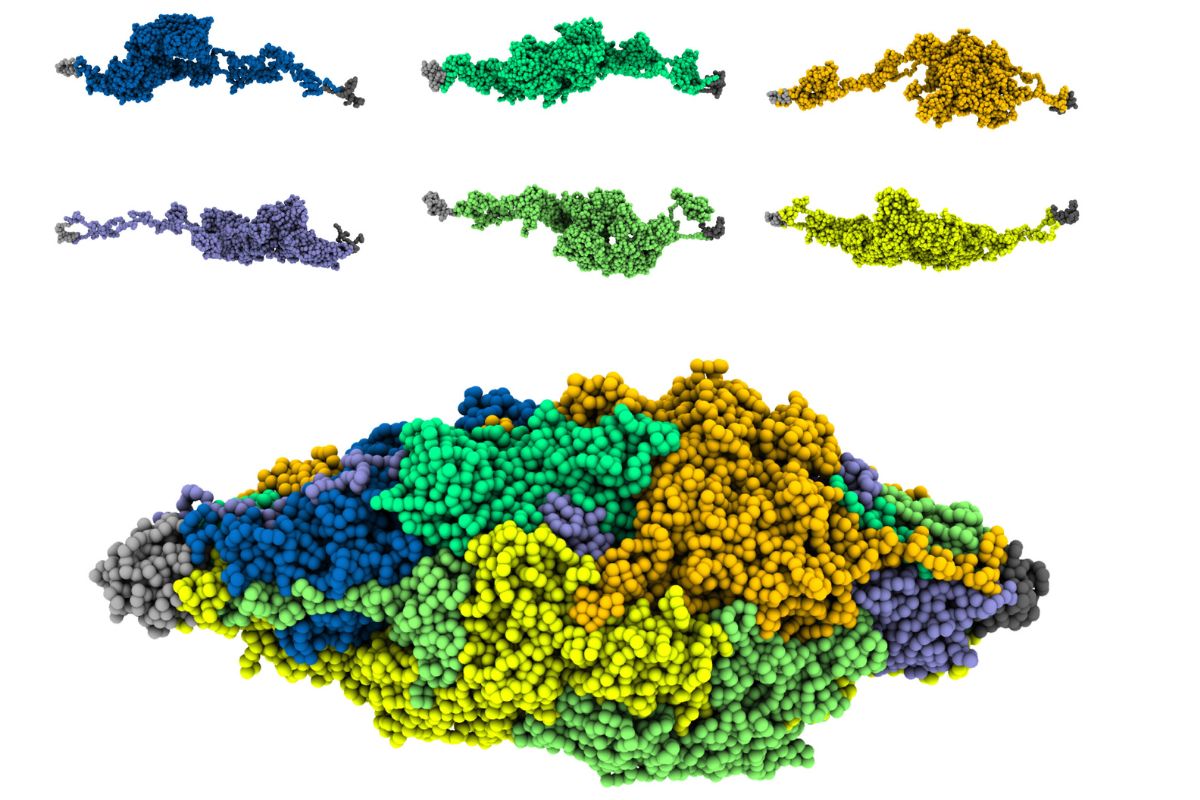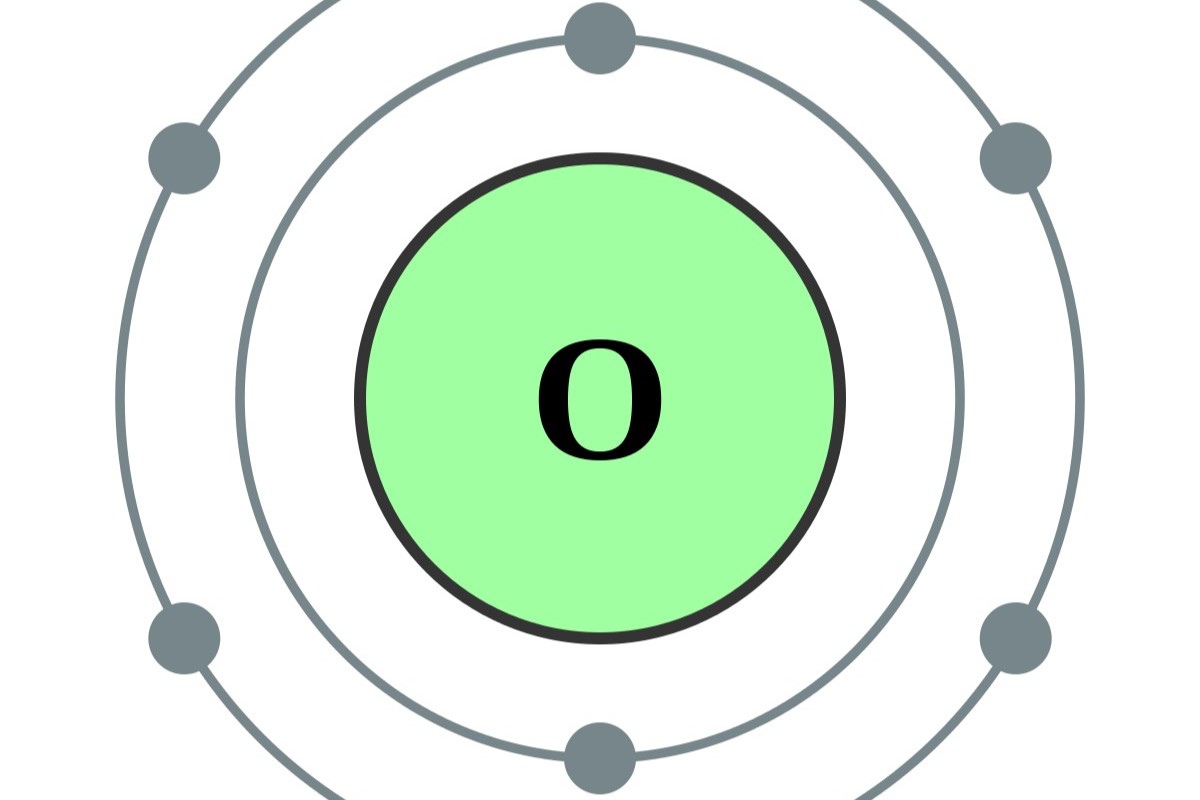
Gene expression regulation is a complex process that controls how genes are turned on or off in cells. Why is this important? Because it determines everything from hair color to how our bodies respond to diseases. Understanding gene expression can help scientists develop new treatments for illnesses, improve crop yields, and even solve mysteries about how life evolves. This blog post will share 30 intriguing facts about gene expression regulation, shedding light on the mechanisms that make life so diverse and adaptable. Get ready to dive into the fascinating world of genes and discover how they shape the living world around us.
What is Gene Expression Regulation?
Gene expression regulation is the process by which cells control the amount and timing of the appearance of the functional product of a gene. This process is crucial for the proper functioning of cells, tissues, and organs. Here are some fascinating facts about gene expression regulation:
-
Gene expression regulation ensures that genes are expressed at the right time and in the right amount.
-
This regulation can occur at various stages, including transcription, RNA processing, translation, and post-translation.
-
Transcription factors are proteins that help turn specific genes on or off by binding to nearby DNA.
-
Epigenetics involves changes in gene expression without altering the DNA sequence, often through chemical modifications like DNA methylation.
-
RNA interference (RNAi) is a biological process where RNA molecules inhibit gene expression by neutralizing targeted mRNA molecules.
Mechanisms of Gene Expression Regulation
Understanding the mechanisms behind gene expression regulation can provide insights into how cells function and respond to their environment. Here are some key mechanisms:
-
Promoters are DNA sequences located near the start of a gene that signal RNA polymerase where to begin transcription.
-
Enhancers are DNA regions that can increase the transcription of genes, even if they are located far from the gene itself.
-
Silencers are DNA sequences that can repress the transcription of genes.
-
Insulators are DNA sequences that can block the interaction between enhancers and promoters, thus regulating gene expression.
-
Alternative splicing allows a single gene to produce multiple proteins by splicing the RNA transcript in different ways.
Role of Non-Coding RNA in Gene Regulation
Non-coding RNAs (ncRNAs) play a significant role in regulating gene expression. These RNAs do not code for proteins but have various functions in the cell. Here are some interesting facts:
-
MicroRNAs (miRNAs) are small ncRNAs that can bind to mRNA and prevent it from being translated into protein.
-
Long non-coding RNAs (lncRNAs) can regulate gene expression by interacting with chromatin, proteins, and other RNAs.
-
Small interfering RNAs (siRNAs) are similar to miRNAs but are often involved in defending against viral infections.
-
Piwi-interacting RNAs (piRNAs) are primarily found in animal cells and help protect the genome from transposable elements.
-
Circular RNAs (circRNAs) are a type of ncRNA that can act as molecular sponges, binding to miRNAs and preventing them from repressing their target mRNAs.
Environmental Influences on Gene Expression
Gene expression can be influenced by various environmental factors, which can lead to changes in cellular function and behavior. Here are some examples:
-
Temperature can affect gene expression, as seen in the heat shock response where certain genes are upregulated to protect cells from stress.
-
Nutrient availability can regulate gene expression, such as the activation of genes involved in metabolism when glucose levels are high.
-
Hormones can influence gene expression by binding to receptors that act as transcription factors.
-
Light exposure can affect gene expression, particularly in plants where light regulates genes involved in photosynthesis.
-
Toxins and pollutants can alter gene expression, potentially leading to harmful effects on health.
Gene Expression Regulation in Development and Disease
Gene expression regulation plays a crucial role in development and disease. Here are some important facts:
-
During development, gene expression is tightly regulated to ensure that cells differentiate into the correct cell types.
-
Mutations in regulatory regions of genes can lead to developmental disorders.
-
Cancer can result from dysregulation of gene expression, leading to uncontrolled cell growth and division.
-
Epigenetic changes can contribute to diseases by altering gene expression patterns.
-
Understanding gene expression regulation can lead to new treatments for diseases by targeting specific regulatory mechanisms.
Technological Advances in Studying Gene Expression
Advances in technology have revolutionized the study of gene expression regulation. Here are some notable developments:
-
DNA microarrays allow researchers to measure the expression levels of thousands of genes simultaneously.
-
RNA sequencing (RNA-seq) provides a comprehensive view of the transcriptome, revealing the presence and quantity of RNA in a sample.
-
Chromatin immunoprecipitation (ChIP) is a technique used to study protein-DNA interactions and identify binding sites of transcription factors.
-
CRISPR-Cas9 technology enables precise editing of the genome, allowing researchers to study the effects of specific gene modifications on expression.
-
Single-cell RNA sequencing (scRNA-seq) allows for the analysis of gene expression at the individual cell level, providing insights into cellular heterogeneity.
Final Thoughts on Gene Expression Regulation
Gene expression regulation is a complex yet fascinating process. It controls how genes are turned on or off, influencing everything from cell function to overall health. Understanding this regulation helps scientists develop treatments for diseases, improve crop yields, and even explore evolutionary biology. Key players in this process include transcription factors, enhancers, silencers, and epigenetic modifications. Each element works in harmony to ensure genes are expressed at the right time and place. While much has been discovered, ongoing research continues to uncover new layers of complexity. Staying informed about these advancements can provide valuable insights into how life operates at a molecular level. Whether you're a student, a researcher, or just curious, knowing these facts enriches your understanding of biology's inner workings. Keep exploring, and you'll find there's always more to learn about the incredible world of gene expression regulation.
Was this page helpful?
Our commitment to delivering trustworthy and engaging content is at the heart of what we do. Each fact on our site is contributed by real users like you, bringing a wealth of diverse insights and information. To ensure the highest standards of accuracy and reliability, our dedicated editors meticulously review each submission. This process guarantees that the facts we share are not only fascinating but also credible. Trust in our commitment to quality and authenticity as you explore and learn with us.


